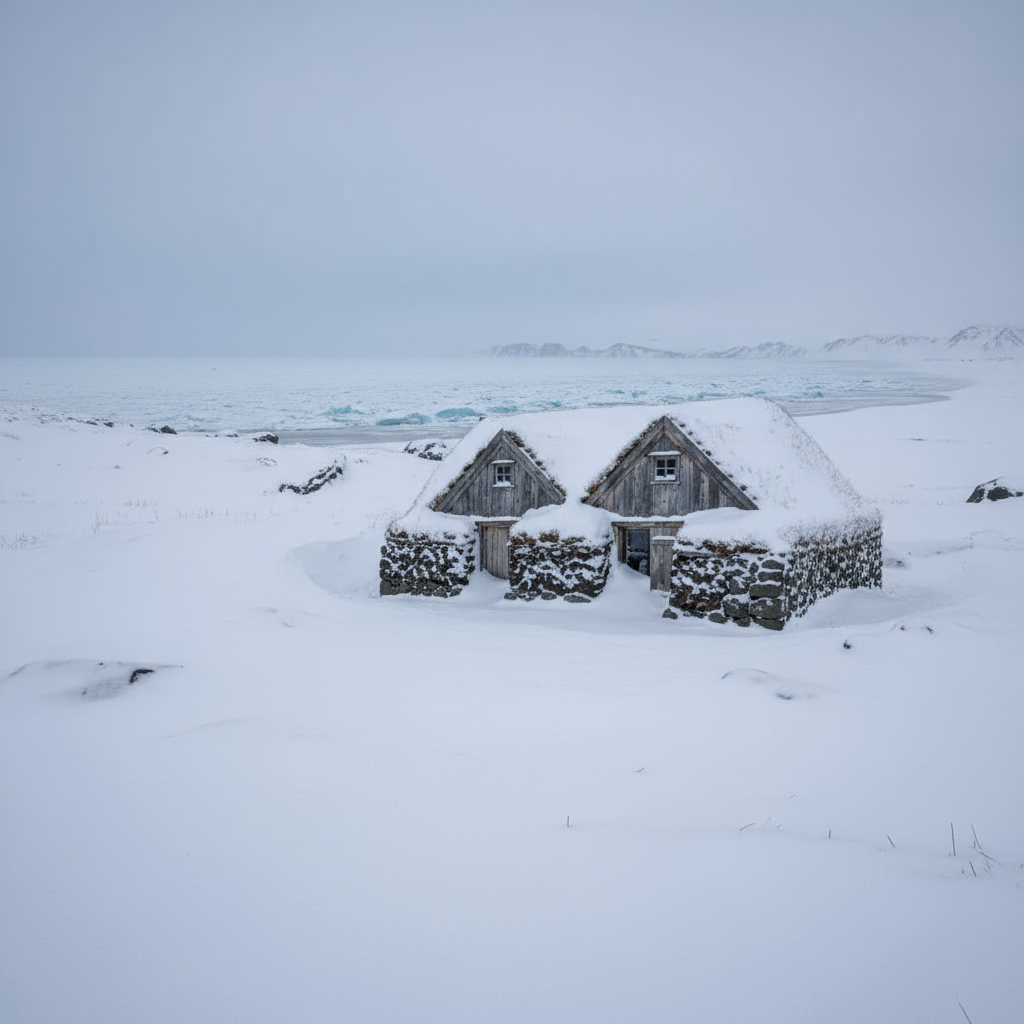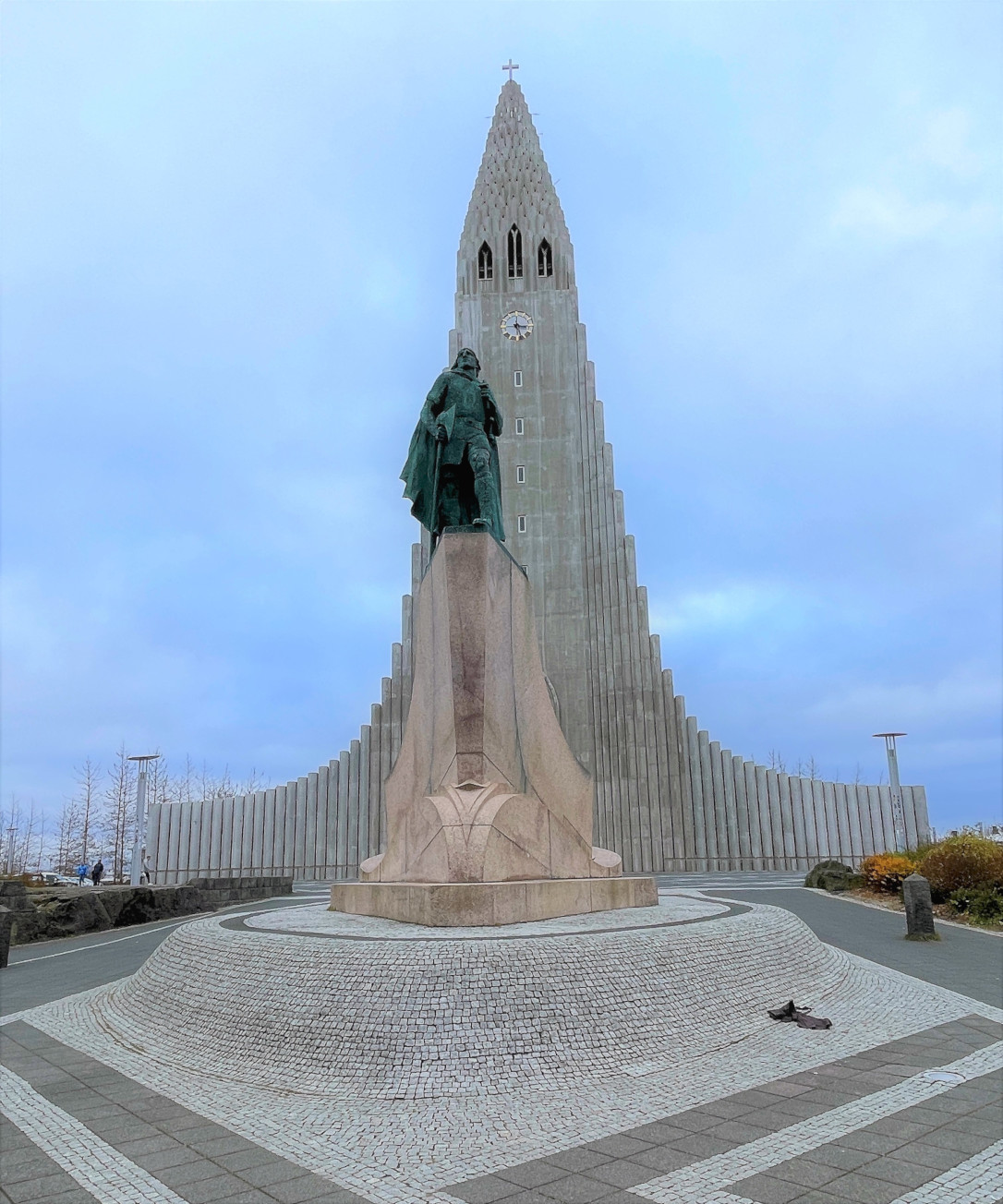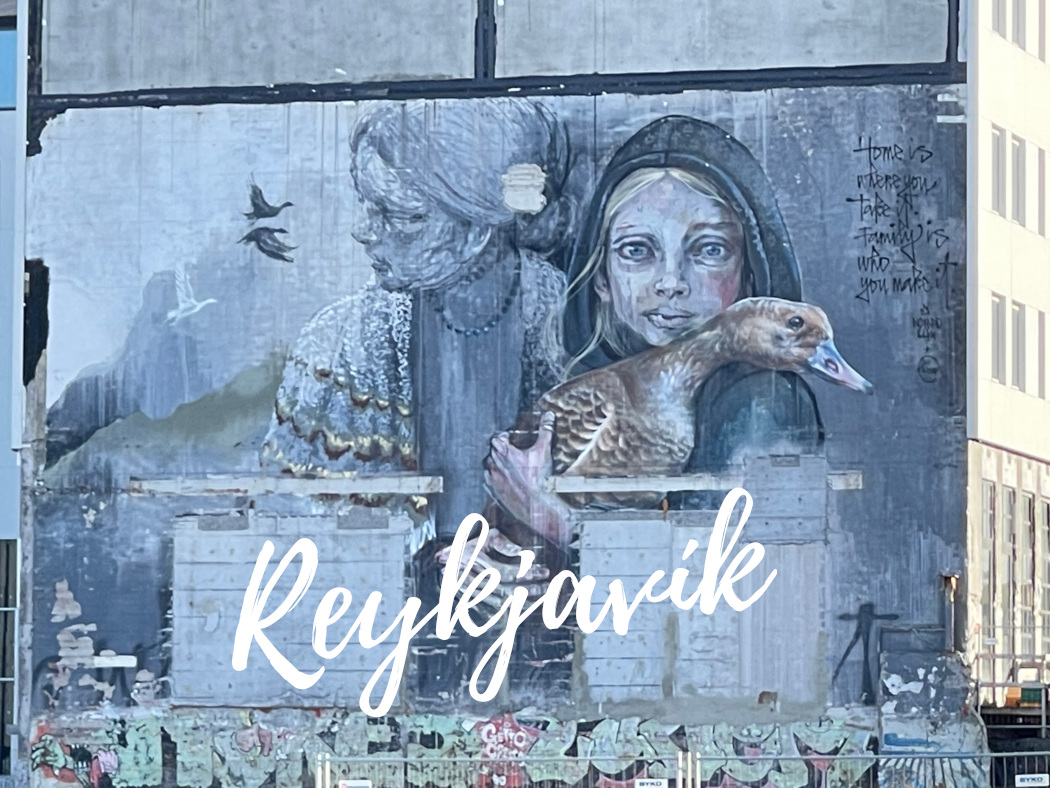 |
| Photo 1: Tjarnargata 32. The home of Hannes Hafstein, Iceland’s first Minister of State in 1904-1909. This house also goes by the name Sólbakki, but is namely known as the Minister’s residence. |
This house begins its story in 1892 at Sólbakki on Flateyri. The Norwegian Hans Ellefsen was from a family with a long line of whale-catchers from Stokke, Norway. Together with his brother and a few other men, he helped establish a whaling station in right outside Flateyri.
As was the case with many of Iceland’s timber houses, Hans Ellefsen had a pre-made (boxed) house sent from Norway. He built a couple of houses this way and the second house is now on Tjarnargata 32 in Reykjavik.
Sólbakki was the name Hans gave his new home and soon the whale station went by the same name as well. There was an attempt made to make the name more Icelandic and call it Sunnuhvoll, rather than its Norwegian name (Solbakke). This appears to have been a failed attempt since Sólbakki is still in use today.
When Hans was ready to move to a different location (Mjóafjörður), he sold or got rid of all his belongings that he couldn’t take with him.
 |
| Photo 2 on the left: Hans Edvard Ellefsen. Photo 3 on the right: Sólbakki by Flateyri |
At the time, Hannes Hafstein (1861-1922) was the Sheriff in Ísafjörður and good friends with Hans Ellefsen (1856-1918). In 1904 when Hannes’ position as the sheriff ended and his new position as the Minister of State was beginning, Hans handed the house over to Hafstein. It is unknown whether it was gifted him or sold to him.
Although its generally known as the Minister’s residence, the house on Tjarnargata also kept its original name, Sólbakki. After Hannes minister days were over, the avid spiritist and owner of Ísafold Printing Company, Björn Jónsson, was to take over as the next Minister of State.
Björn had the Landssjóður (Land-fund) buy the house under the condition it would be used as a residency for the ministers to come. This agreement was kept until 1949. Even after that, it was used for political purposes, including political parties/celebrations, reception ceremonies and to house foreign and domestic ministers or head of states while visiting Reykjavik.
 |
| Photo 4: Hannes Þór Hafstein. Hannes attended the Copenhagen University at the same time as the spiritist Einar H. Kvaran. They spent much time together in Copenhagen and together with two other friends they published a newspaper. Both of them were realist and were the first ones to bring realism into Icelandic literature. A list of poems by Hannes can be found here. Photo: Public Domain |
Hannes didn’t move far from his home on Tjarnargata 32. In fact, he built a new house across the street on Tjarnargata 33 and in 1910 he moved in with his wife Ragnheiður Stefánsdóttir (1871-1913). The couple had ten children together and when his wife died only a short time after moving into the house, Hannes moved with his children, mother and mother-in-law into a new house on Grundarstígur 10.
 |
| Photo 5: Tjarnargata 33 where Hannes and his wife moved after he was released from his position as the Minister of Iceland. This is now a preschool. Courtesy of Vera de Kok |
| |
| Photo 6: Tjarnargata 32 |
 |
| Photo 7: Tjarnargata 32 is the house in the center with green roof. Tjarnargata 33 is the beige house across the street. Courtesy of Michael Labrecque-Jessen |
 |
| Photo 9: Grundarstígur 10 aka as Hannesarholt. The house was residential until 2007. It was then decided to make some restorations to the house and turn it over to public use. They turned the first floor into a restaurant and in the music hall they hold musical performances and other cultural events that are open year round. |
In the winter 1914/1915, a man by the name of Gísli frequently walked along Suðurgata, which is the road between Tjarnargata and Hólavalla cemetery. He couldn’t help but notice that on multiple occasions he had seen a woman exit the cemetery and walk down to the Minister’s residence. Sometimes she would be exiting the house and walk towards the cemetery. Gísli found this very peculiar and wanted to know who this lady was and what she was up to.
 |
| Photo 10: Suðurgata is the street that runs along the east side (nearest the pond) of Hólavalla cemetery. Courtesy of Melanie K Reed Photography |
One evening Gísli and his friend Stefán, who was living at Tjarnargata 32 at the time, were walking together along Suðurgata. They two men had been chatting when Stefán suddenly noticed that Gísli had become unusually quiet. It was as if Gísli was looking at something. Stefán was a little confused and curious, so he asked Gísli if he saw something. Stefán looked perplexed and then told him about the woman he kept seeing walking out of the cemetery and over to the house and back.
Stefán listened intently, picturing the woman that Gísli was describing. Then when Gísli finished his story, Stefán knew exactly what Gísli had been witnessing. This was Hannes Hafstein’s late wife, Ragnheiður. She had been visiting their home on Tjarnargata since her death in 1913. Gísli had never seen her before or even as much as a picture of her, so he never made the connection.
 |
| Photo 11: Ragnheiður Stefánsdóttir Hafstein |
 |
| Photo 12: The grave of Hannes and Ragnheiður at Hólavalla Cemetery on lot Z-408 |




